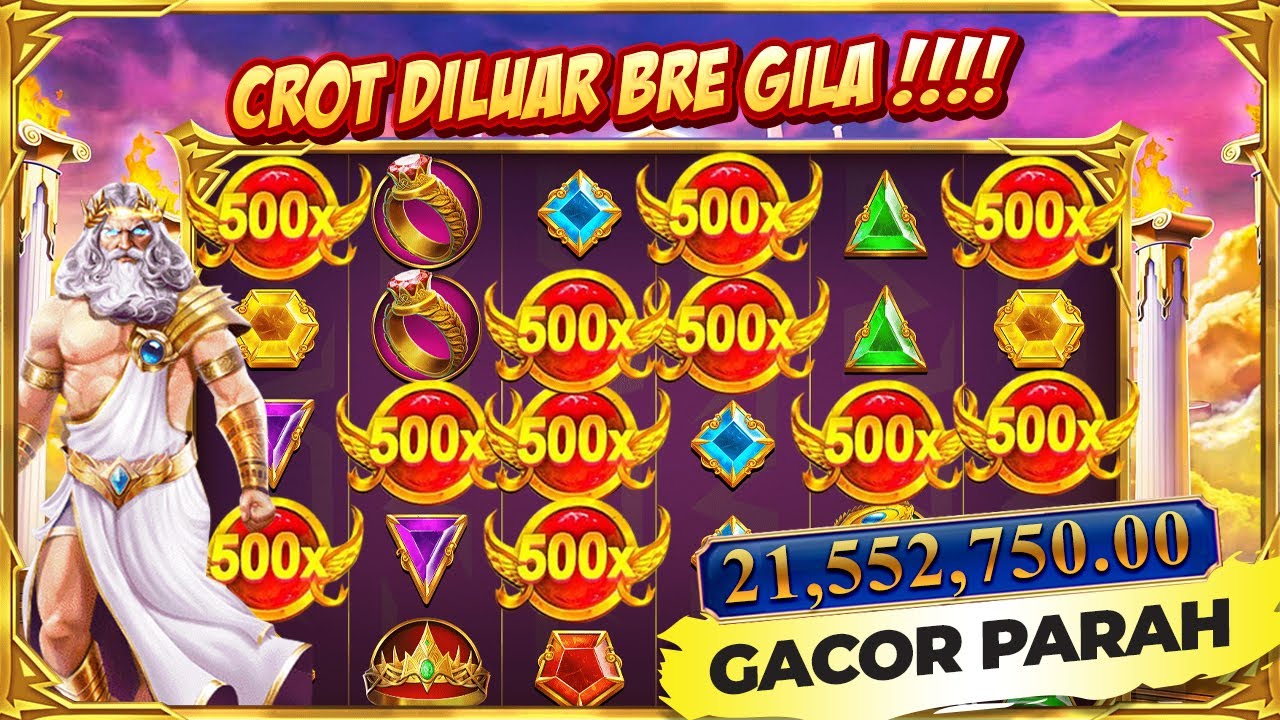Crowned nāga flanked the stairs entrance of Pura Jagatkarta. The afterwards depiction since the 15th century, even so, was a little affected by Chinese dragon imagery—While unlike its Chinese counterparts, Javanese and Balinese nagas do not have legs.
Ancient Sanskrit texts including the Mahabharata, the Ramayana, along with the Puranas describe the nagas as a robust, splendid and happy semi-divine species that can think their Bodily form possibly as human (usually with a halo of cobra hoods guiding their head), as being a partly human serpent, or as a whole serpent. Their area is within the enchanted underworld, the underground realm crammed with gems, gold and also other earthly treasures known as Naga-loka or Patala-loka. Also they are usually affiliated with bodies of waters — like rivers, lakes, seas, and wells — and are guardians of treasure.[ten] Their power and venom make them most likely harmful to human beings. However, in Hindu mythology, they generally go ahead and take role of benevolent protagonists; while in the Samudra Manthana, Vasuki, a nagaraja who abides on Shiva's neck, turned the churning rope for churning in the Ocean of Milk.
The Khmer people regard themselves as descendants from the nagas and lots of nevertheless believe that the nāga exist now, destined to one day return and restore prosperity to their people.[citation required]
This informative article might comprise irrelevant references to well known tradition. Please enable Wikipedia to enhance this article by taking away the content material or introducing citations to reputable and independent resources. (September 2024)
Encyclopaedia Britannica's editors oversee topic regions through which they have comprehensive knowledge, no matter if from years of knowledge attained by working on that information or via research for a complicated diploma. They create new articles and validate and edit content acquired from contributors.
Early depictions of circa-ninth-century Central Java carefully resembled Indic nāga which was determined by imagery of cobras. Through this era, nāga-serpents have been depicted as big cobras supporting the waterspout of yoni-lingam.
s towards the nether regions when they turned much too populous in the world and commanded them to bite 23naga only the truly evil or those destined to die prematurely. Also they are connected to waters—rivers, lakes, seas, and wells—and so are guardians of treasure.
s are Shesha (or Ananta), who while in the Hindu myth of generation supports Narayana (Vishnu) as he lies within the cosmic ocean and on whom the produced environment rests; Vasuki, who was utilised like a churning rope to churn the cosmic ocean of milk; and Takshaka, the tribal Main on the snakes.
Given that that passes away will not be taken see of by the Nāgas who appreciate with gaiety the foodstuffs as well as the edibles they eat and The good beverages they drink. Nor are Danujas and Other folks mindful of it.
The devas as well as asuras made a decision to get Amṛta (Ambrosia—the celestial honey of immortalily) by churning The ocean of milk. The Devas went to bring Mandara-mountain, for use as the churning rod. Their endeavor was futile. The asuras made a demo with 23naga the same result. The Bhūtagaṇas (Guards) of Śiva also made a vain attempt. On the instruction of Viṣṇu, Garuḍa went and introduced the mountain as very easily as an eagle normally takes absent a frog. Now Vāsuki must be brought. The Devas and Gandharvas failed in that endeavor 23naga also. Garuḍa who was haughty of his toughness and pace, went to the town in the nāgas (serpents) and asked for Vāsuki to return to The ocean of Milk.
Since the legend goes, 23naga Kaundinya obtained instruction inside of a desire to take a magic bow from the temple and defeat Soma, the nāga princess and daughter on the nāga king. In the course of the following fight, they fell in adore and afterwards married, setting up the royal lineage from the Funan 23naga dynasty.
Daityas and Dānavas are not able to recounting his fantastic characteristics. He's honoured by Devas and celestial sages. He's spoken of as Ananta. He features a thousand hoods and He's Evidently bedecked in Svastika ornaments devoid of impurities. He illuminates all quarters by thousand jewels on his hoods.
Within the Xanth sequence by Piers Anthony, the Naga are a race of human-headed serpents that will renovate in between entirely human and serpent sorts, such as any species and measurement of snake.
Nagas show up from the Dungeons & Dragons roleplaying sport, depicted as substantial serpents with human heads.
This area demands more citations for verification. Be sure to enable strengthen this information by adding citations to reliable sources in this section. Unsourced material may be challenged and removed. (November 2023) (Learn the way and when to get rid of this message)
naga, in Hinduism, Buddhism, and Jainism, a member of a class of legendary semidivine beings, 50 % human and half cobra. They can be a solid, handsome species who can presume both wholly human or wholly serpentine form and therefore are most likely harmful but typically helpful to individuals.
The Nagas look during the several franchises by Blizzard Amusement. In Warcraft, they are depicted as historical night elves that have snake-like tails rather than legs, and have other serpentine or aquatic characteristics such as scales and fins.

Comments on “Details, Fiction and 23naga”